Home>Furniture & Design>Interior Design Trends>How Is Crystal Different From Glass
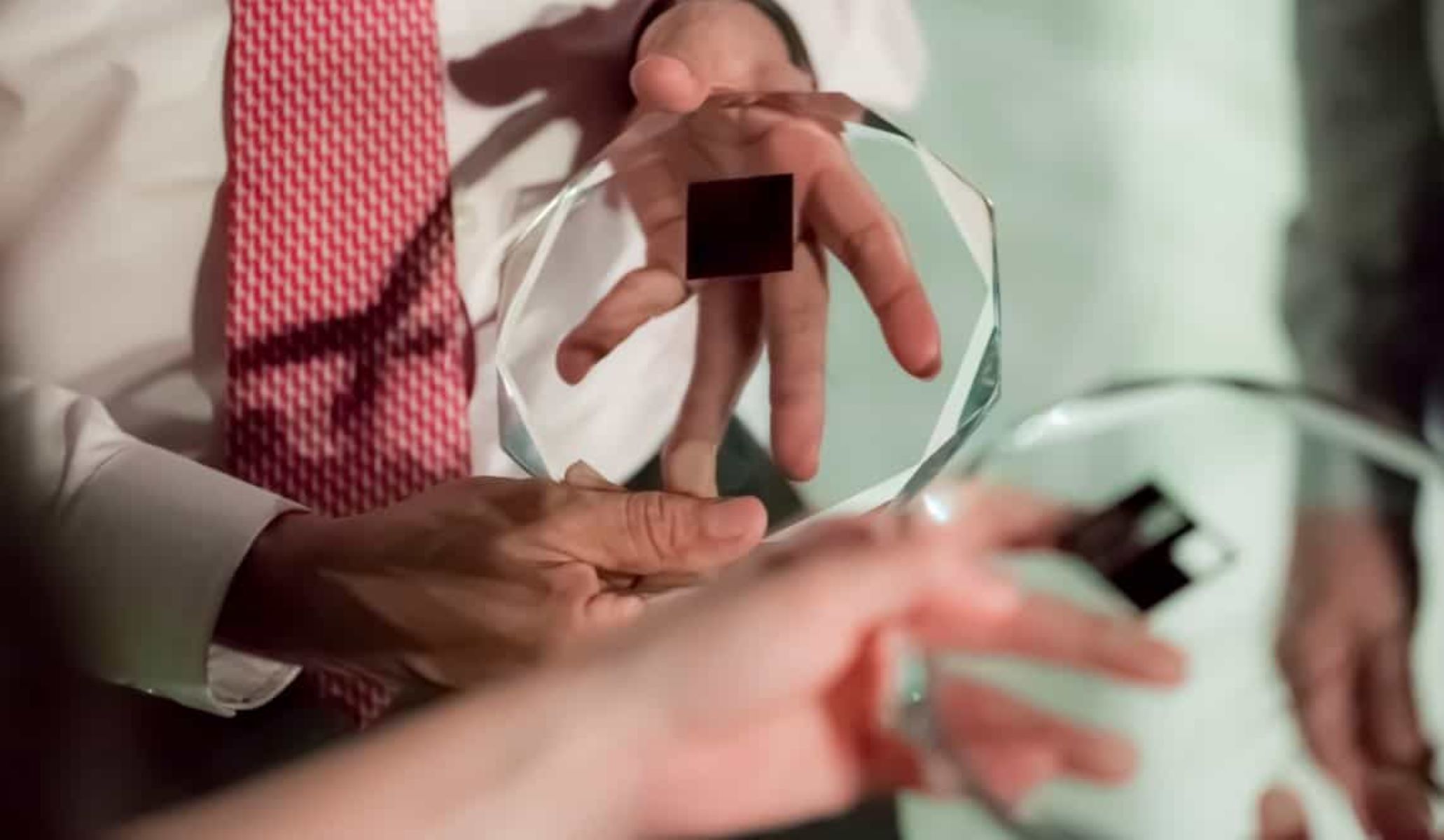

Interior Design Trends
How Is Crystal Different From Glass
Modified: February 18, 2024
Discover the key differences between crystal and glass and stay updated on the latest interior design trends. Explore the unique qualities of crystal and its impact on modern interior design.
(Many of the links in this article redirect to a specific reviewed product. Your purchase of these products through affiliate links helps to generate commission for Storables.com, at no extra cost. Learn more)
Introduction
When it comes to interior design and decor, the choice of materials can significantly impact the overall aesthetic and ambiance of a space. Two materials that often take center stage in the world of interior design are crystal and glass. While both are transparent and visually appealing, they possess distinct characteristics that set them apart. Understanding the differences between crystal and glass is essential for making informed decisions when selecting decorative pieces, tableware, or lighting fixtures for a home or commercial space.
In this comprehensive guide, we will delve into the composition, manufacturing process, physical and optical properties, durability, maintenance, and common uses of crystal and glass. By exploring these aspects, you will gain a deeper understanding of the unique qualities that make crystal and glass stand out in the realm of interior design. Whether you are a design enthusiast, a homeowner looking to elevate your living space, or a professional in the interior design industry, this exploration of crystal and glass will provide valuable insights that can inform your design choices and enhance your appreciation for these exquisite materials.
Key Takeaways:
- Crystal and glass have unique compositions and properties that impact their appearance and functionality in interior design, from the luxurious brilliance of crystal to the versatile applications of glass.
- Crystal and glass offer diverse uses in interior design, from ornate decorative pieces and elegant stemware to modern architectural elements and sleek tabletop accessories, enriching spaces with their timeless allure.
Read more: How To Tell Crystal From Glass
Composition of Crystal and Glass
Crystal and glass are both transparent materials, but they have different compositions that contribute to their unique properties. Glass is primarily composed of silica, which is derived from sand, along with soda ash and limestone. These raw materials are melted together at high temperatures to form a molten liquid, which is then shaped and cooled to create glass products. The composition of glass can be further modified by adding various metal oxides to achieve different colors and properties.
On the other hand, crystal contains a higher proportion of lead oxide compared to traditional glass. This infusion of lead oxide gives crystal its distinctive clarity, brilliance, and weight. The presence of lead also allows crystal to be cut and engraved with intricate designs, adding to its ornate and luxurious appeal. In addition to lead crystal, there are also variations such as barium crystal, which replaces lead oxide with barium oxide to achieve similar optical properties.
The difference in composition between crystal and glass results in varying levels of refractive index, which determines how light passes through the material. Crystal's higher lead content contributes to its exceptional light refraction, creating dazzling prismatic effects that are highly sought after in decorative pieces and chandeliers. Glass, while still transparent, has a lower refractive index compared to crystal, resulting in a different visual appearance and light dispersion.
Understanding the distinct compositions of crystal and glass is crucial for discerning their individual characteristics and applications in interior design. Whether it's the delicate sparkle of crystal stemware or the sleek simplicity of glass vases, the composition of these materials plays a pivotal role in shaping their aesthetic appeal and functional properties within the realm of interior design.
Manufacturing Process
The manufacturing process of crystal and glass involves intricate techniques that contribute to their distinct qualities and visual allure. Understanding the production methods sheds light on the craftsmanship and artistry involved in creating these exquisite materials.
Glass Manufacturing Process
The production of glass begins with the careful selection and blending of raw materials, including silica sand, soda ash, and limestone. These ingredients are heated to high temperatures in a furnace, forming a molten liquid that can be shaped and manipulated. Glass artisans utilize various techniques such as blowing, molding, and pressing to craft a wide array of glass products, ranging from delicate ornaments to functional tableware and architectural elements.
Once the desired form is achieved, the glass is gradually cooled to anneal and strengthen it, ensuring durability and stability. Depending on the intended application, additional processes such as cutting, polishing, and surface treatments may be employed to refine the appearance and texture of the glass. This meticulous manufacturing process results in the diverse range of glass products that adorn modern interiors, each exhibiting unique characteristics and visual appeal.
Crystal Manufacturing Process
The production of crystal involves a specialized approach that distinguishes it from traditional glass manufacturing. In the case of lead crystal, the addition of lead oxide to the raw materials significantly impacts the manufacturing process and the properties of the final product. The inclusion of lead oxide enhances the optical properties of crystal, contributing to its exceptional clarity, brilliance, and refractive capabilities.
Skilled artisans adeptly manipulate the molten lead crystal, often employing traditional techniques such as glass blowing and hand cutting to create intricate patterns and designs. The meticulous art of crystal cutting, characterized by precision and artistry, results in the mesmerizing facets and prismatic effects that define fine crystal pieces. This craftsmanship, honed over centuries, elevates crystal to a status of luxury and elegance, making it a coveted material for decorative objects, stemware, and lighting fixtures.
By delving into the manufacturing processes of crystal and glass, one gains a deeper appreciation for the craftsmanship and expertise required to transform raw materials into refined and captivating elements of interior design. The distinct techniques and materials used in their production contribute to the unique allure and enduring appeal of crystal and glass in the realm of interior decor and design.
Read more: How To Remove Stickers From Crystal Glasses
Physical Properties
The physical properties of crystal and glass play a pivotal role in defining their characteristics and suitability for various applications in interior design. Understanding these properties provides valuable insights into the tactile, visual, and functional aspects of these materials.
Density and Weight: Crystal, particularly lead crystal, exhibits a higher density and weight compared to traditional glass. This increased density is attributed to the presence of lead oxide, which imparts a luxurious heft and substantial feel to crystal objects. The added weight contributes to the perceived quality and elegance of crystal, making it a preferred choice for fine tableware, decorative figurines, and ornate chandeliers. In contrast, glass, while still durable and substantial, generally has a lighter and more versatile presence, suitable for a wide range of functional and decorative purposes.
Hardness and Durability: Both crystal and glass are durable materials, capable of withstanding everyday use and handling. However, crystal, with its higher lead content, tends to be slightly softer than glass. This characteristic allows skilled artisans to expertly cut and engrave intricate designs into crystal surfaces, creating stunning patterns and textures that catch and refract light in captivating ways. Glass, known for its hardness and resilience, is often utilized in architectural applications, such as windows, doors, and partitions, where strength and longevity are paramount.
Clarity and Transparency: One of the most distinctive physical properties of crystal is its exceptional clarity and transparency. The infusion of lead oxide results in minimal impurities and superior light transmission, giving crystal objects a brilliant and luminous appearance. This unparalleled clarity makes crystal an ideal choice for creating dazzling light effects in chandeliers and light fixtures, as well as showcasing the rich hues of fine wines and spirits in crystal stemware. Glass, while also transparent, may exhibit varying degrees of clarity depending on its composition and manufacturing techniques, offering a spectrum of visual effects and applications in interior design.
Texture and Surface Finish: Crystal and glass can feature a range of textures and surface finishes, adding depth and visual interest to interior spaces. Crystal, in particular, is renowned for its ability to be intricately cut and polished, resulting in multifaceted surfaces that refract light and create mesmerizing patterns. The smooth, lustrous finish of crystal enhances its tactile appeal, inviting touch and admiration. Glass, on the other hand, can be manipulated to achieve diverse textures and finishes, from sleek and glossy to frosted or etched, catering to a myriad of design preferences and decorative styles.
By examining the physical properties of crystal and glass, from density and hardness to clarity and texture, one gains a deeper understanding of their unique attributes and the ways in which they contribute to the visual and tactile experiences within interior spaces. These properties underscore the versatility and enduring allure of crystal and glass as essential elements of interior design and decor.
Optical Properties
The optical properties of crystal and glass are integral to their visual appeal and their ability to manipulate light in captivating ways. Understanding these properties provides valuable insights into the distinct optical characteristics that set crystal and glass apart, shaping their applications in interior design and decor.
Refraction and Dispersion: One of the defining optical properties of crystal is its exceptional ability to refract and disperse light. This phenomenon, known as dispersion, is a result of the material's high refractive index, which causes light to bend as it passes through the crystal. The dispersion of light into its spectral components creates mesmerizing prismatic effects, casting vibrant hues and patterns that captivate the eye. This unique optical quality makes crystal an ideal choice for creating dazzling chandeliers, ornate sconces, and decorative objects that play with the interplay of light and color.
In contrast, glass, while also transparent, exhibits a lower refractive index compared to crystal, resulting in less pronounced light dispersion. This difference in optical behavior influences the visual appearance of glass, offering a distinct aesthetic that ranges from subtle light refraction to clear, unobstructed transparency. The varying optical properties of crystal and glass allow designers and homeowners to select materials that align with their desired lighting effects and ambiance, whether it's the dramatic play of colors in a crystal chandelier or the understated elegance of glass tableware.
Brilliance and Luminosity: Crystal's optical properties contribute to its unparalleled brilliance and luminosity, characteristics that have made it a symbol of luxury and refinement. The infusion of lead oxide enhances the material's clarity, allowing light to pass through with minimal distortion and maximal radiance. This exceptional brilliance makes crystal an exquisite choice for showcasing fine wines and spirits, as the clarity and luminosity of crystal stemware elevate the visual presentation and appreciation of beverages.
Glass, while possessing its own allure, may exhibit varying degrees of brilliance and luminosity depending on its composition and surface treatments. From sleek, polished glass surfaces that reflect light with a subtle sheen to textured or frosted glass that diffuses light in a soft, ambient manner, the optical properties of glass offer a spectrum of visual effects that cater to diverse design preferences and lighting requirements.
By delving into the optical properties of crystal and glass, one gains a deeper appreciation for the ways in which these materials interact with light, color, and space. These properties underscore the versatility and aesthetic impact of crystal and glass as essential elements of interior design, offering a rich tapestry of visual experiences and design possibilities.
Durability and Maintenance
Durability and maintenance are crucial considerations when selecting materials for interior design applications. Both crystal and glass offer unique characteristics in terms of durability and the care they require to maintain their pristine appearance over time.
Durability
Glass, known for its hardness and resilience, is inherently durable and resistant to scratches and abrasions. This makes it well-suited for a wide range of applications, from architectural elements such as windows and doors to functional items like glassware and tabletops. Its robust nature allows glass to withstand daily use and cleaning without compromising its integrity, making it a practical choice for high-traffic areas and utilitarian purposes.
Crystal, while possessing exquisite visual qualities, is slightly softer than glass due to its lead content. This characteristic makes crystal more susceptible to scratches and chipping, requiring careful handling and storage to prevent damage. Despite its relatively softer nature, high-quality crystal is still durable and capable of enduring regular use, particularly in the context of decorative objects and tableware. When properly cared for, crystal pieces can maintain their allure and elegance for generations, becoming cherished heirlooms that embody timeless sophistication.
Read more: Why Is Tea Drunk From Crystal Glasses?
Maintenance
Proper maintenance is essential for preserving the beauty and longevity of crystal and glass items. Glass, being highly resistant to staining and chemical damage, is relatively easy to maintain. Routine cleaning with mild, non-abrasive glass cleaners and soft cloths helps to keep glass surfaces sparkling and free from smudges or streaks. For textured or frosted glass, gentle brushing or wiping with a soft, damp cloth can effectively remove dust and debris without compromising the surface finish.
Crystal, with its exceptional clarity and brilliance, requires more delicate care to safeguard its pristine appearance. Handwashing crystal items with mild detergent and warm water is recommended to prevent clouding or etching caused by harsh detergents or high temperatures. Additionally, gentle drying with a soft, lint-free cloth helps to maintain the lustrous finish of crystal, ensuring that it continues to radiate elegance and sophistication.
By understanding the durability and maintenance requirements of crystal and glass, individuals can make informed decisions when incorporating these materials into their interior design schemes. Whether it's selecting durable glass elements for practical applications or embracing the timeless allure of crystal with attentive maintenance, these considerations contribute to the longevity and enduring beauty of these exquisite materials within interior spaces.
Common Uses
Crystal and glass find diverse and captivating applications in interior design, enriching spaces with their distinctive allure and functional versatility. From ornate decorative pieces to practical everyday essentials, these materials play a pivotal role in shaping the ambiance and visual appeal of interior environments.
Crystal
Decorative Objects
Crystal's exceptional clarity and brilliance make it a coveted choice for creating ornate decorative objects that serve as focal points in interior spaces. From intricately cut vases and sculptures to dazzling figurines and paperweights, crystal pieces add a touch of luxury and sophistication to tabletops, shelves, and display cabinets. The mesmerizing play of light and shadow through crystal accents elevates the aesthetic charm of any room, infusing it with an air of timeless elegance.
Stemware and Tableware
The unparalleled luminosity and tactile elegance of crystal stemware and tableware enhance the dining experience, transforming everyday meals into refined occasions. Crystal wine glasses, champagne flutes, and decanters not only showcase the rich hues and effervescence of fine beverages but also elevate the act of savoring and toasting. The delicate clink of crystal glasses and the radiant sparkle of crystal tableware create an atmosphere of sophistication and conviviality, making them essential elements for formal gatherings and intimate celebrations.
Lighting Fixtures
Crystal chandeliers, sconces, and lamps are iconic symbols of opulence and grandeur, casting enchanting patterns of light and shadow across interiors. The prismatic effects produced by crystal pendants and droplets infuse spaces with a sense of drama and refinement, creating a captivating interplay of illumination and ambiance. Whether adorning grand ballrooms or intimate dining areas, crystal lighting fixtures exude a timeless allure that transcends trends, adding a touch of glamour to any setting.
Glass
Architectural Elements
Glass serves as a versatile and functional material for architectural elements, offering transparency, lightness, and visual connectivity within interior spaces. From expansive windows that invite natural light to sleek glass partitions that delineate areas without obstructing sightlines, glass enhances the openness and spatial flow of modern interiors. Its ability to create visual continuity while providing acoustic insulation and thermal efficiency makes it an indispensable component of contemporary architectural design.
Tabletop Accessories
Glass tabletop accessories, including vases, bowls, and serving platters, bring a touch of modern elegance and practicality to dining and living areas. The sleek, minimalist aesthetic of glass complements a range of decor styles, from sleek and contemporary to eclectic and bohemian. Glass vessels and serving pieces allow for versatile styling and presentation, effortlessly adapting to various table settings and culinary arrangements, making them essential accents for both formal entertaining and everyday dining.
Decorative Accents
From mirrored surfaces and glass sculptures to etched panels and artful installations, glass serves as a versatile medium for creating decorative accents that add depth and visual interest to interiors. The reflective properties of glass enhance the play of light and space, amplifying the visual impact of decorative elements. Whether used to create a sense of expansiveness in compact spaces or to introduce artistic flair to feature walls, glass decorative accents contribute to the aesthetic richness and dynamism of interior design compositions.
By exploring the common uses of crystal and glass in interior design, one gains a deeper appreciation for the multifaceted roles these materials play in shaping the visual, functional, and emotional aspects of interior spaces. Their enduring appeal and adaptability make them indispensable elements that enrich and elevate the design narrative of any environment.
Crystal contains lead, making it heavier and more brilliant than glass. It also has a higher refractive index, giving it a more sparkly appearance. When comparing crystal and glass, look for these differences in weight and sparkle.
Conclusion
In conclusion, the exploration of crystal and glass reveals a captivating tapestry of unique characteristics, applications, and visual allure that enrich interior design and decor. The distinct compositions of crystal and glass, from the infusion of lead oxide in crystal to the versatile blend of silica and additives in glass, underpin their individual properties and aesthetic appeal. The manufacturing processes, encompassing traditional glassmaking techniques and the intricate artistry of crystal production, highlight the craftsmanship and expertise involved in shaping these exquisite materials.
The physical and optical properties of crystal and glass, including density, hardness, clarity, and light refraction, contribute to their tactile and visual impact within interior spaces. While crystal's exceptional brilliance and light dispersion create a sense of luxury and opulence, glass offers a spectrum of visual effects and applications, from sleek transparency to textured surfaces. Understanding the durability and maintenance requirements of crystal and glass is essential for preserving their enduring beauty and functionality, whether it's the delicate care of crystal stemware or the practical resilience of architectural glass elements.
The common uses of crystal and glass, spanning from ornate decorative objects and elegant stemware to architectural elements and modern tabletop accessories, underscore their versatility and timeless appeal in interior design. Whether it's the captivating play of light in a crystal chandelier or the understated elegance of glass decorative accents, these materials enhance the ambiance and visual narrative of interior environments, becoming essential elements that elevate the design narrative of any space.
In essence, the exploration of crystal and glass unveils a rich tapestry of visual, tactile, and functional qualities that contribute to the enduring allure of these materials in interior design. Their ability to infuse spaces with elegance, sophistication, and practicality makes them indispensable components of the design palette, offering a myriad of possibilities for creating captivating, inviting, and visually stunning interiors. Whether it's the timeless allure of crystal or the modern versatility of glass, these materials continue to inspire and enrich the world of interior design, shaping memorable and enchanting spaces for generations to come.
Frequently Asked Questions about How Is Crystal Different From Glass
Was this page helpful?
At Storables.com, we guarantee accurate and reliable information. Our content, validated by Expert Board Contributors, is crafted following stringent Editorial Policies. We're committed to providing you with well-researched, expert-backed insights for all your informational needs.
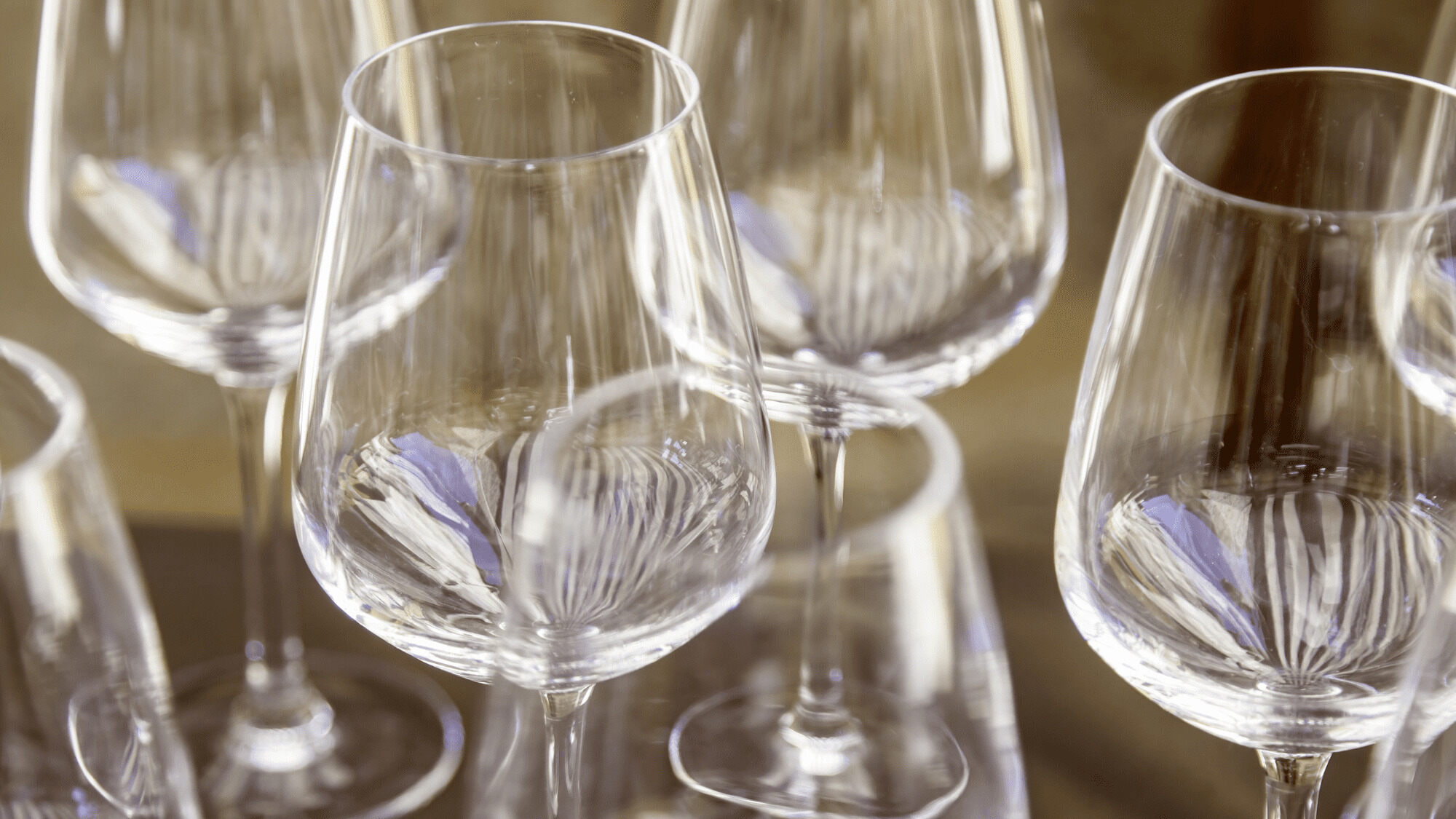
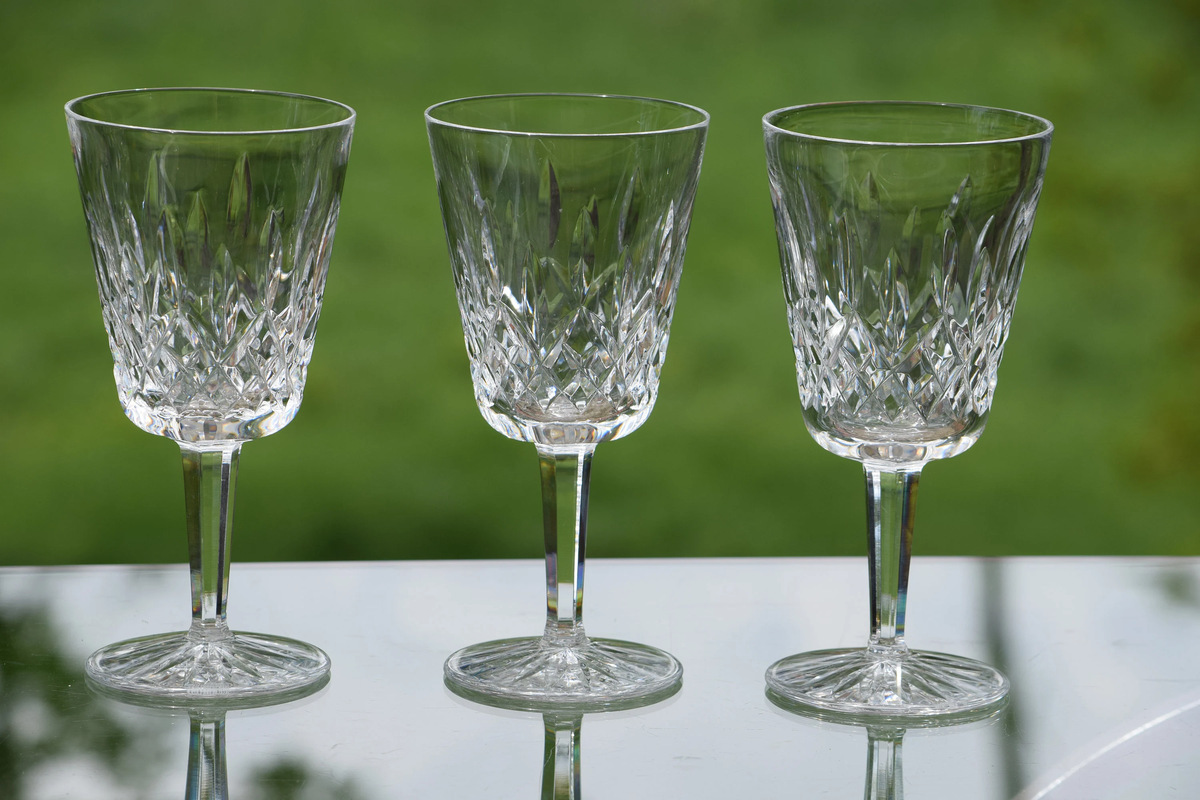
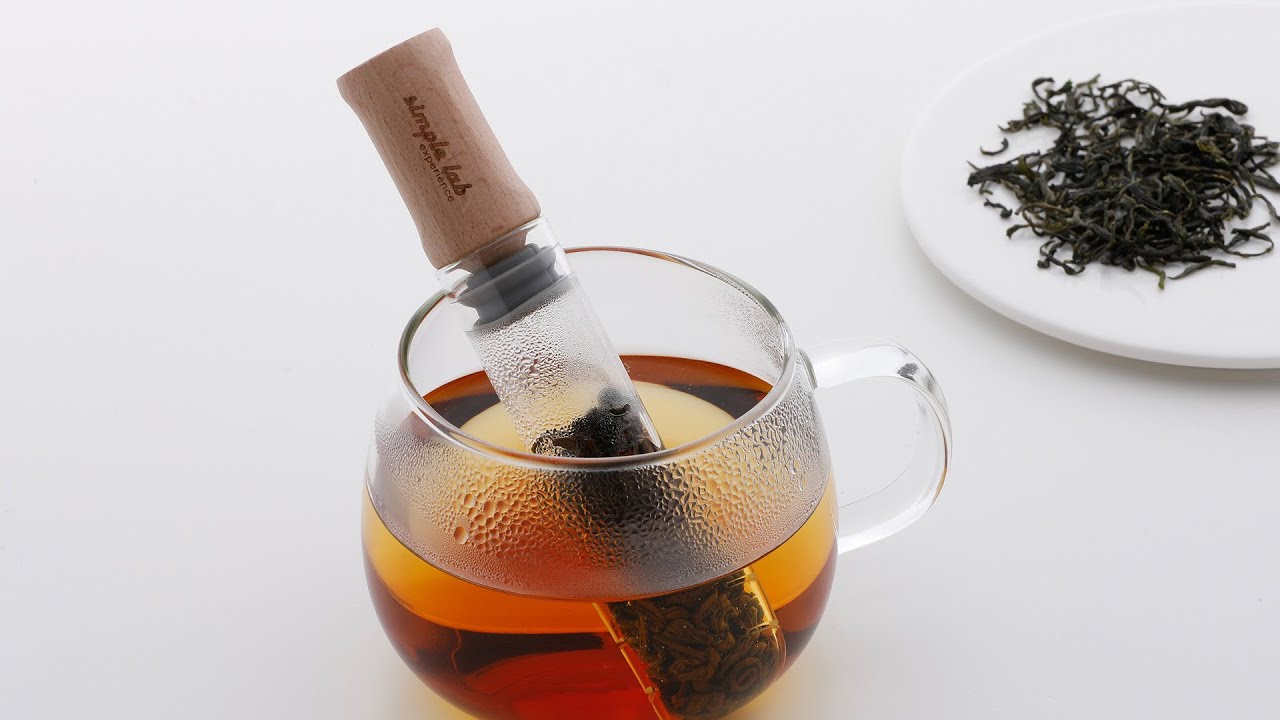
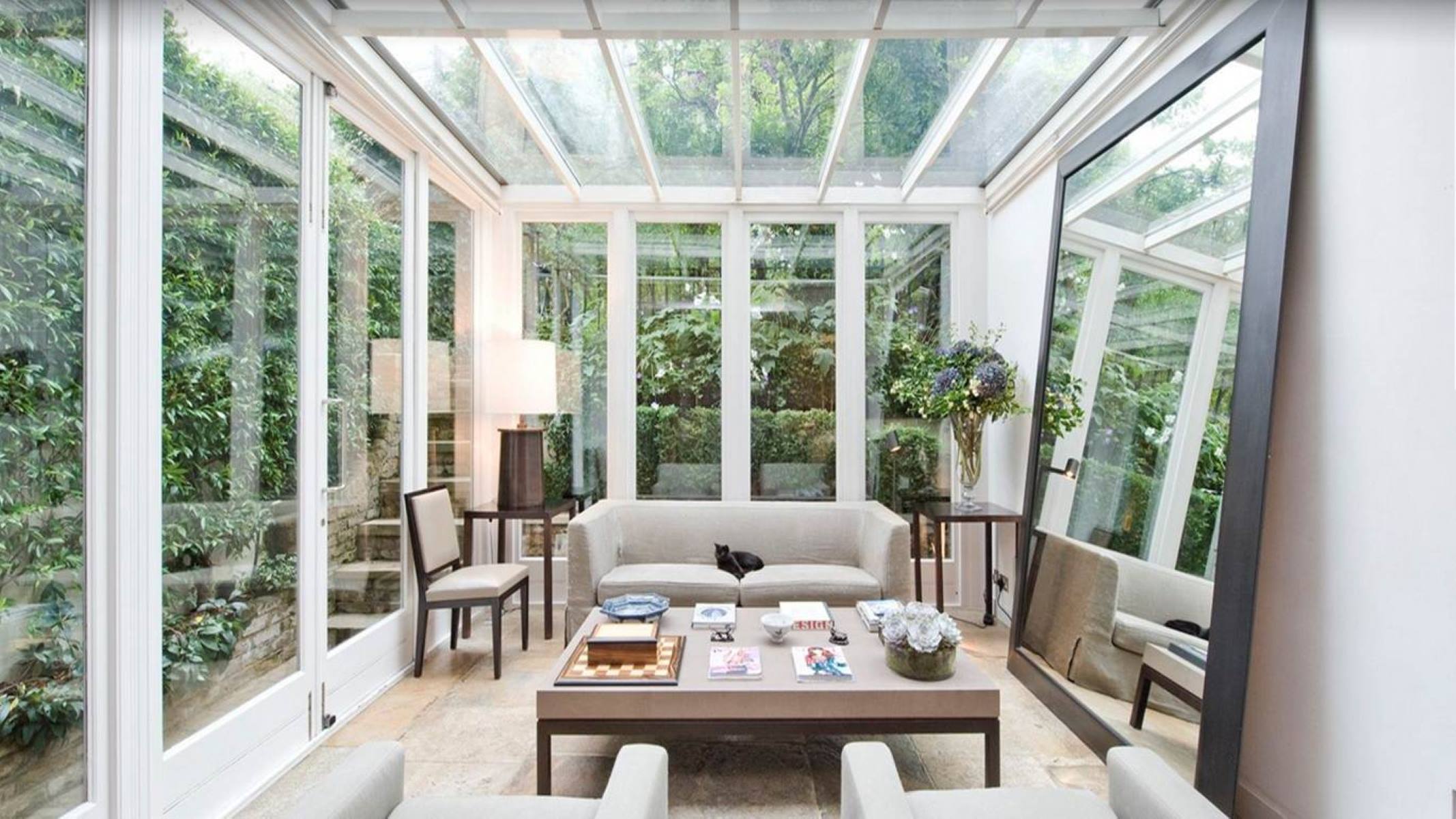
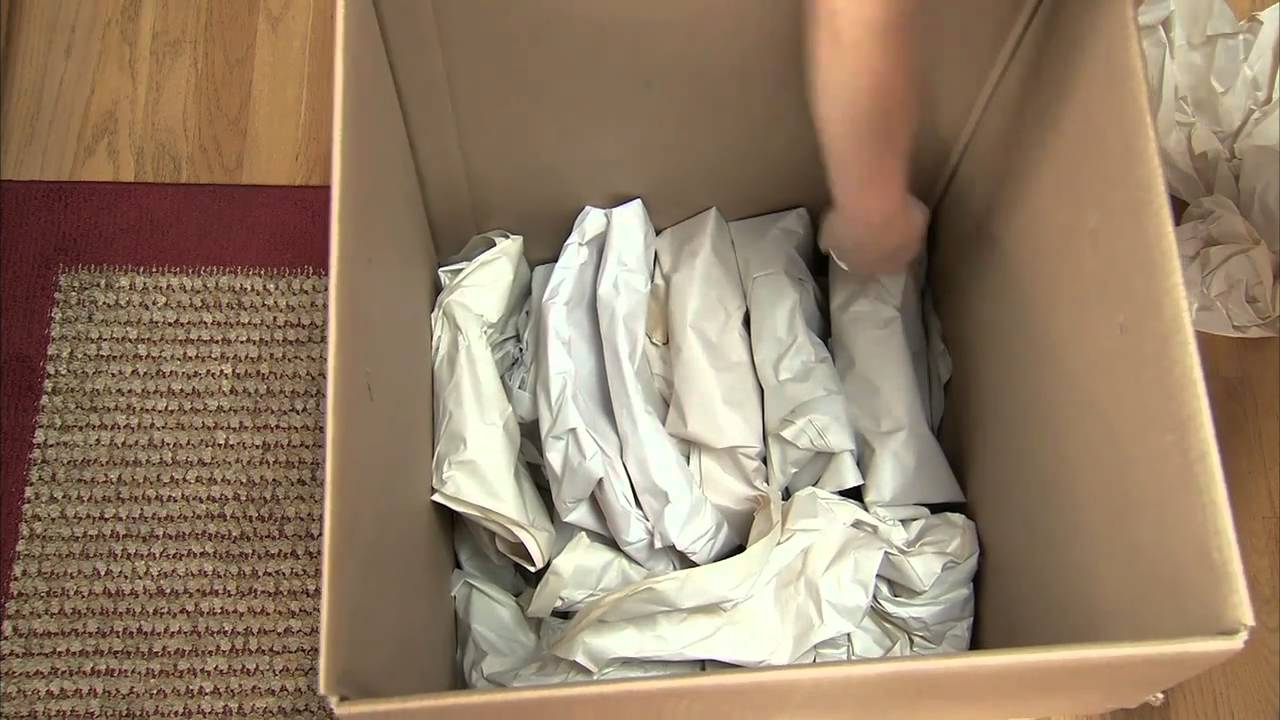
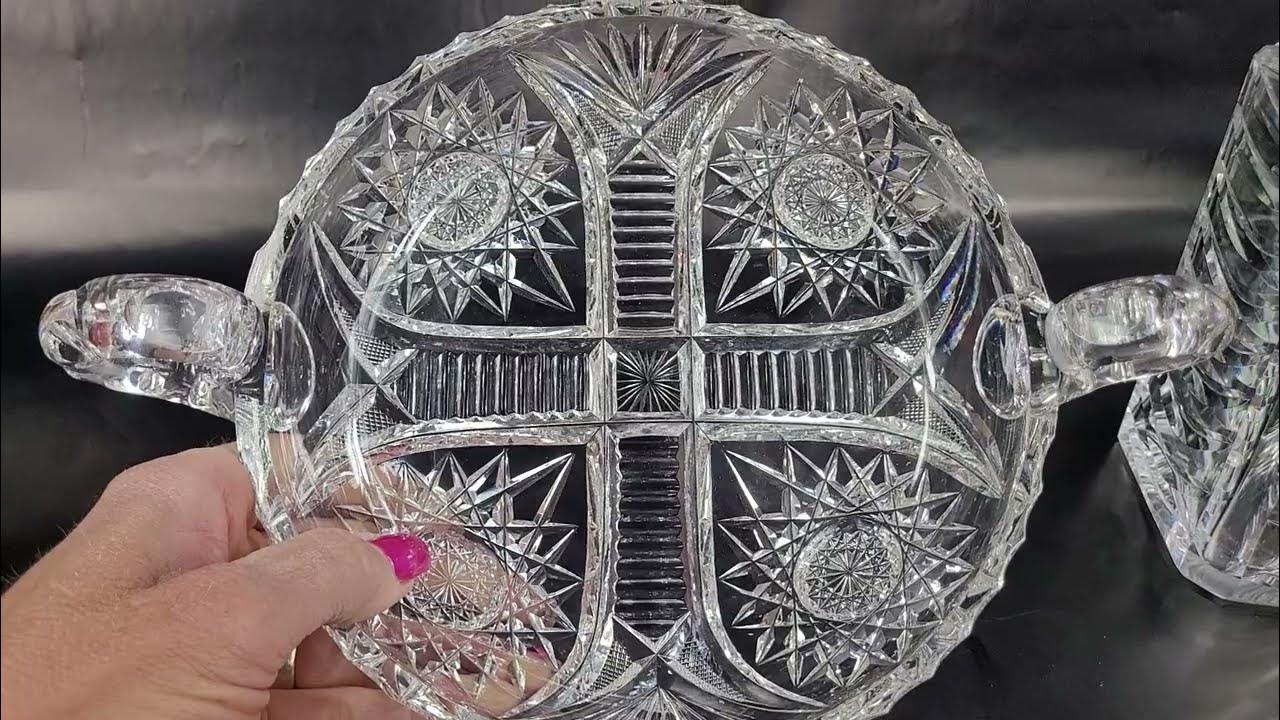
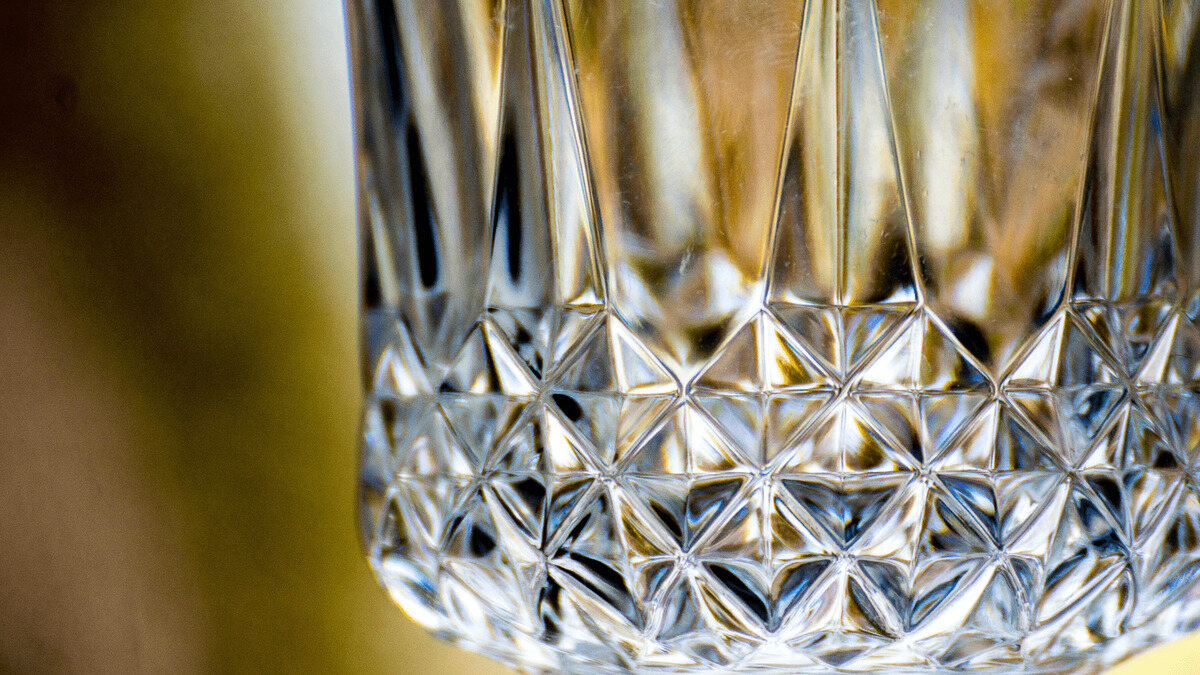
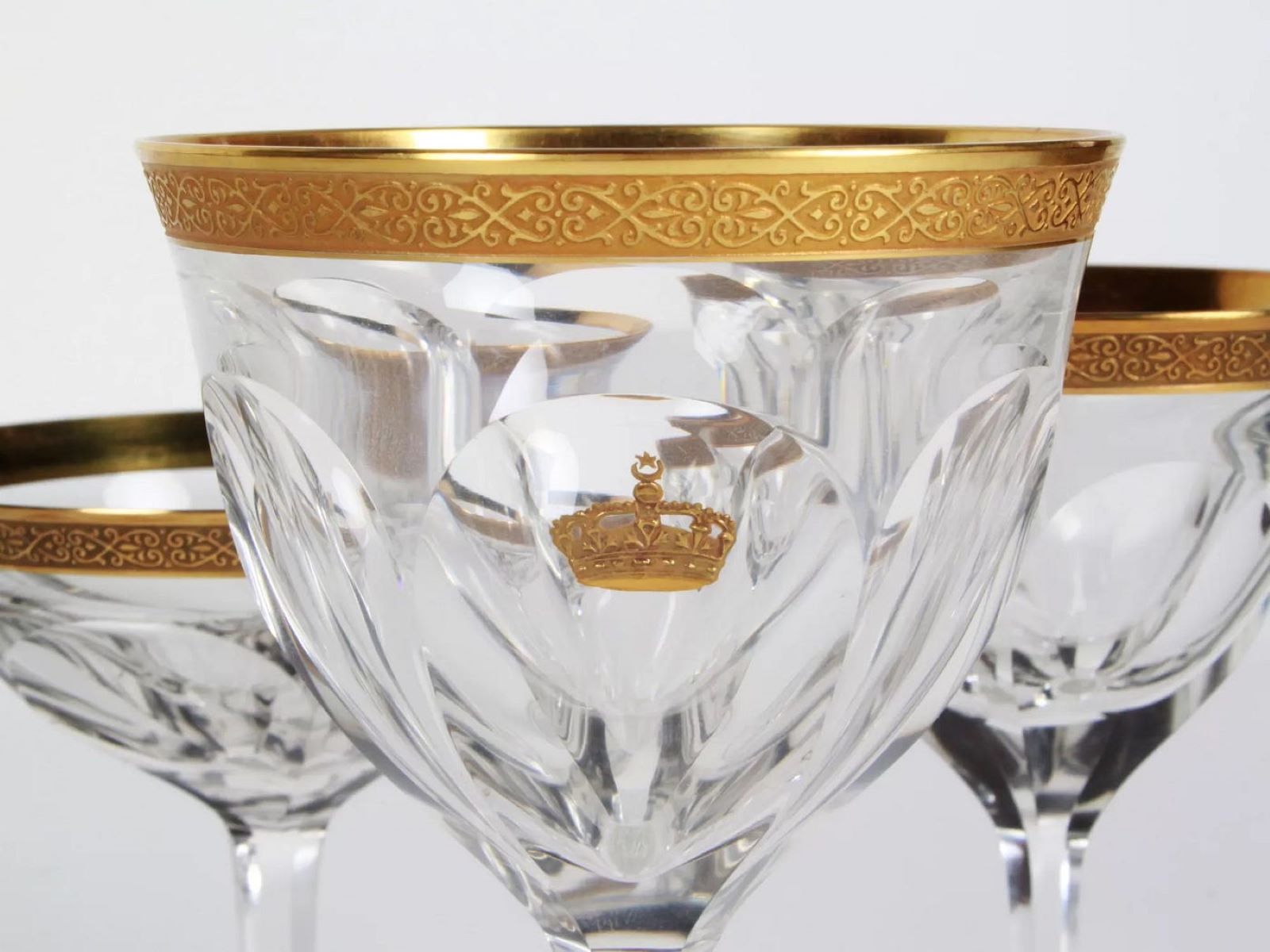
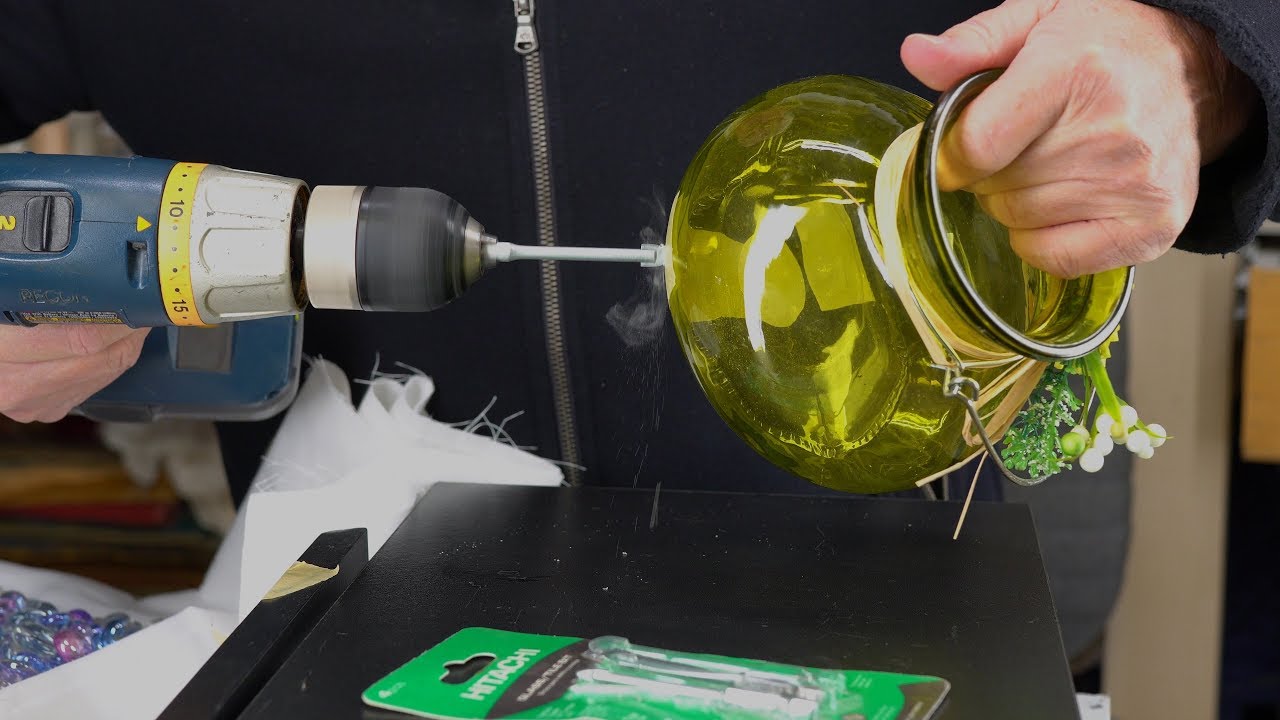
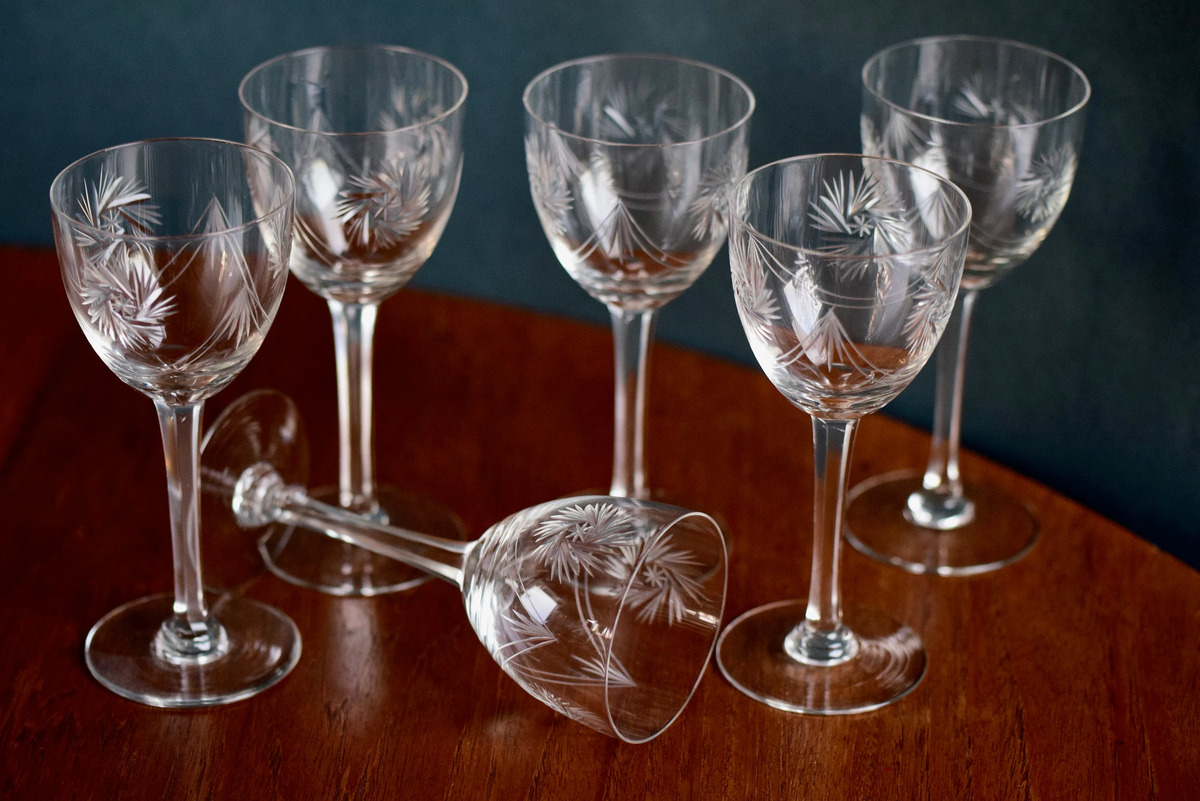
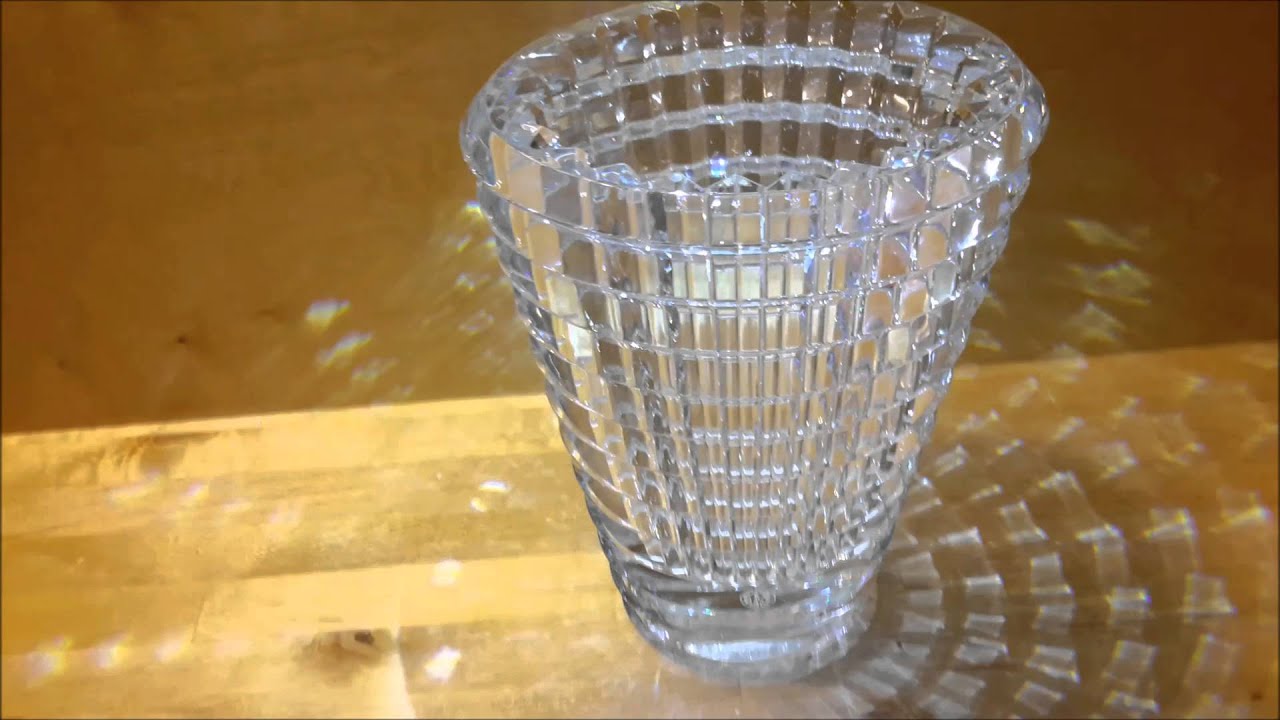
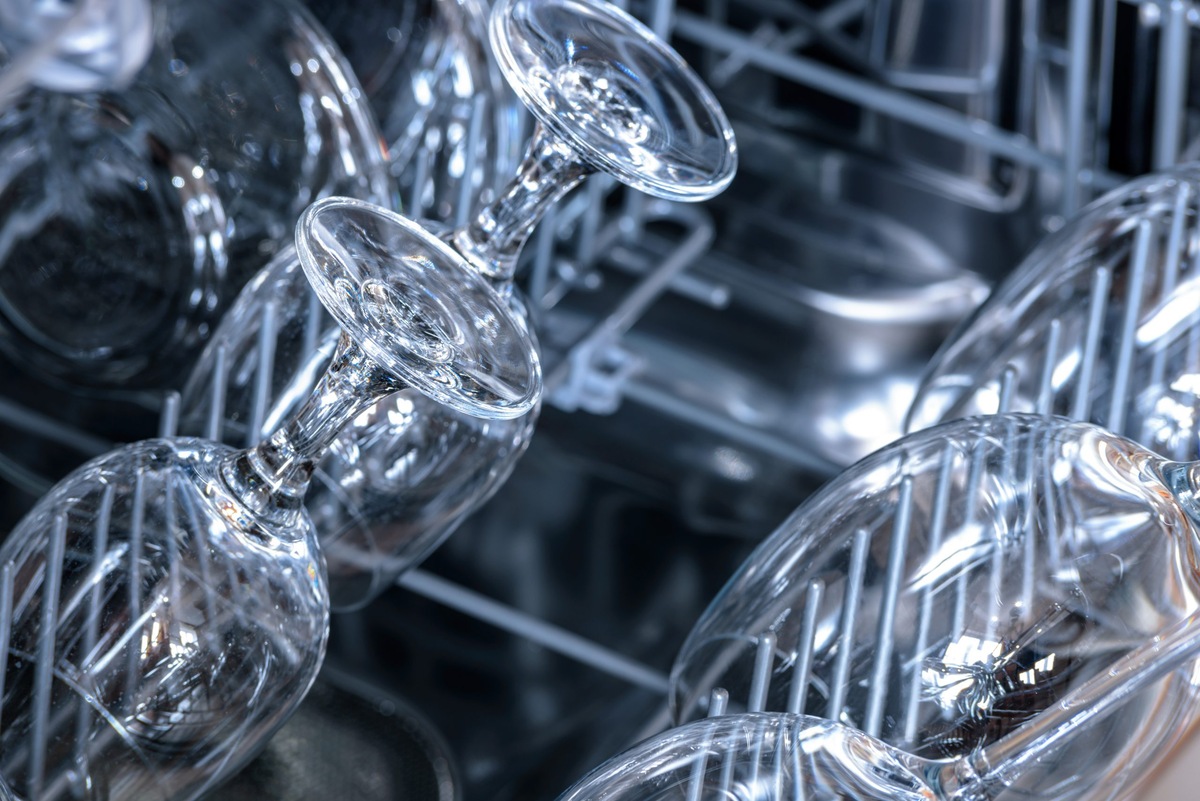

0 thoughts on “How Is Crystal Different From Glass”